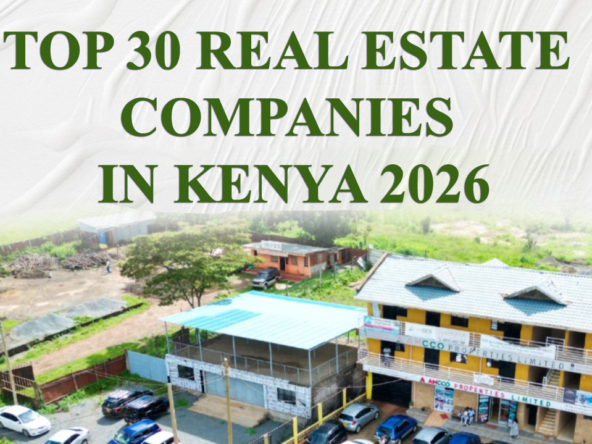Introduction
As Kenya’s property sector evolves, buyers, investors, and developers must watch emerging trends shaped by economics, technology, and shifting lifestyles. Here are ten key trends defining Kenya’s real estate market in 2025.
-
Shift to Satellite Towns
High land costs in Nairobi push developers toward Ruiru, Kitengela, Athi River and other satellite towns offering affordability and growth potential. -
Growth of Mixed-Use Developments
Integrated projects combining residential, retail, office and leisure—like Garden City and Two Rivers—remain highly sought after for convenience and lifestyle appeal. -
Smart & Green Housing
Demand for energy-efficient designs, solar installations, rainwater harvesting and home automation is rising as buyers seek cost and environmental benefits. -
Diaspora-Focused Marketing
Remittances drive property funding; developers increasingly tailor online campaigns, virtual tours and payment plans to Kenyans abroad. -
Expansion of Mortgage Financing
Institutions such as KMRC have boosted lending limits (~KSh 10–10.5 M), while banks roll out competitive rates and digital mortgage platforms, widening access. -
Digital Transaction Platforms
Proptech solutions—virtual showrooms, blockchain-based contracts, e-title transfers—are streamlining buying, reducing fraud risk and improving transparency. -
Rise of Co-Living and Co-Working Spaces
Younger professionals and entrepreneurs are gravitating toward flexible, community-oriented housing and workspaces, especially around Nairobi’s innovation hubs. -
Renovation and Redevelopment
Older estates in established areas see refurbishment demand, as buyers seek modern standards without the premium of new-build pricing. -
Emergence of Secondary Cities
Markets in Mombasa, Eldoret, Kisumu and Nakuru are gaining traction, with local commercial hubs and tourism fueling residential and short-term rental growth. -
Fractional and Collective Investment
Platforms offering share-based property investment allow smaller investors to pool resources into high-end developments, democratizing real estate wealth creation.
Conclusion
Kenya’s real estate in 2025 will be shaped by technology adoption, financing innovations, and changing demographic needs. Staying informed on these ten trends will help you make strategic decisions—whether you’re a first-time buyer, seasoned investor, or a developer mapping your next project.




